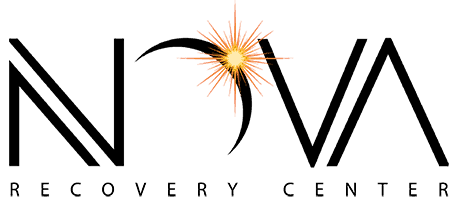Mirtazapine Addiction: Withdrawal, Symptoms & Treatment
GET HELP TODAY!
100% Confidentiality Guaranteed
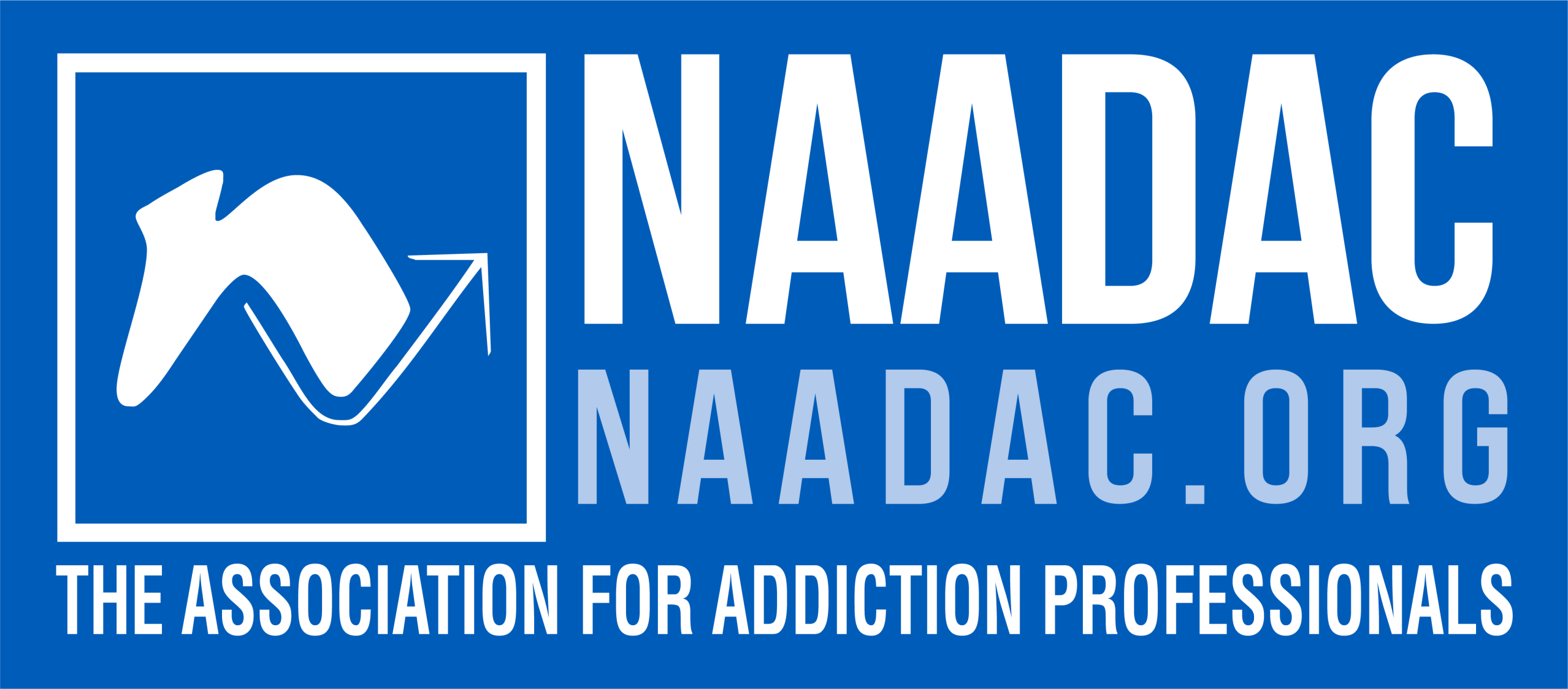
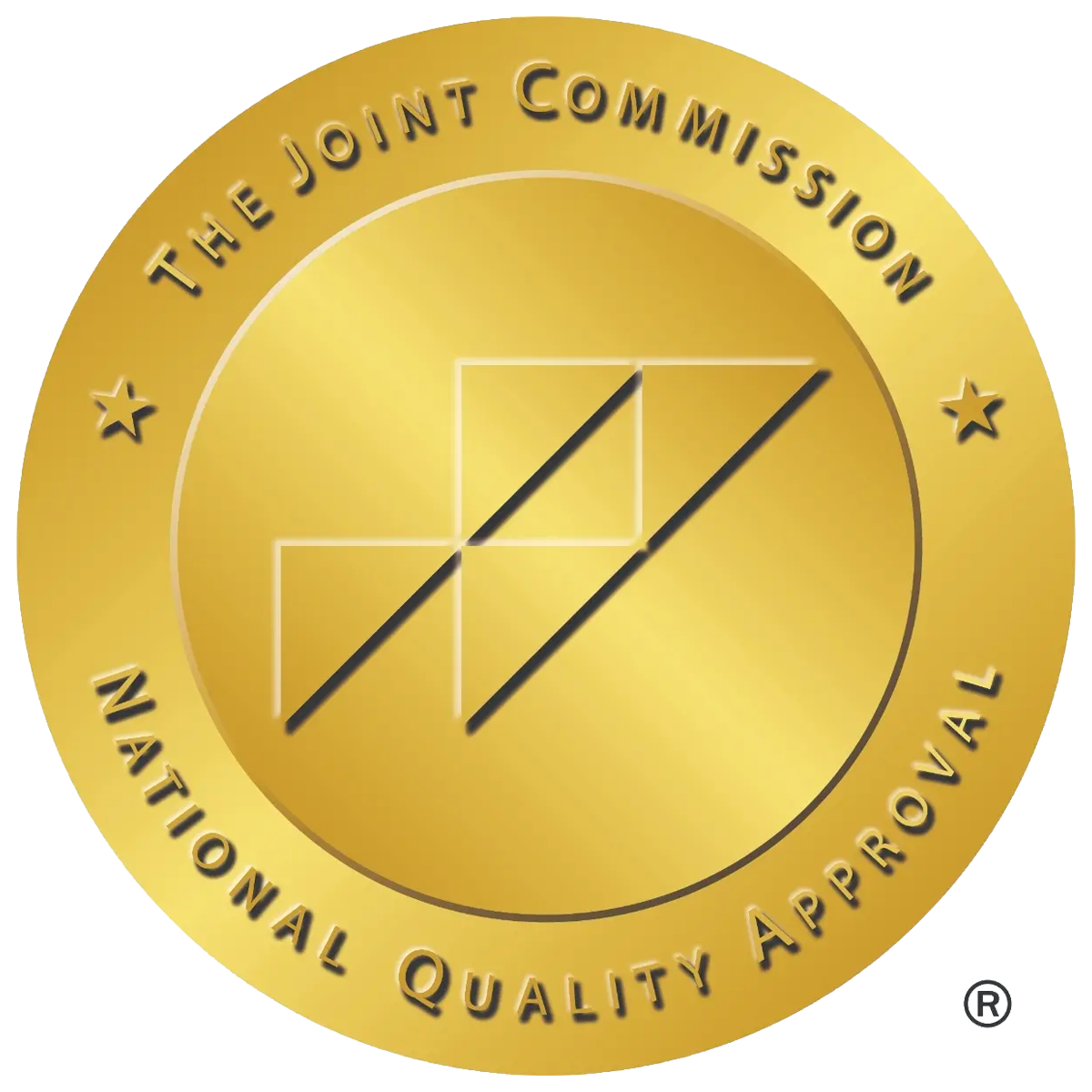
What Is Mirtazapine?
Mirtazapine is a prescription antidepressant. They often sell it under the brand name Remeron.
Doctors use it to treat mental health conditions like depression, PTSD, and anxiety disorders. It helps people feel calmer, sleep better, and eat more regularly. The drug works by changing the balance of serotonin and norepinephrine in the brain.
Although not considered a stimulant, Remeron has sedating effects. These effects may cause some people to misuse it. When used correctly, it can be helpful. But when abused, it can create serious problems.
Related: TCAs share many of these concerns—see Elavil (amitriptyline) withdrawal and addiction for signs, timelines, and treatment.
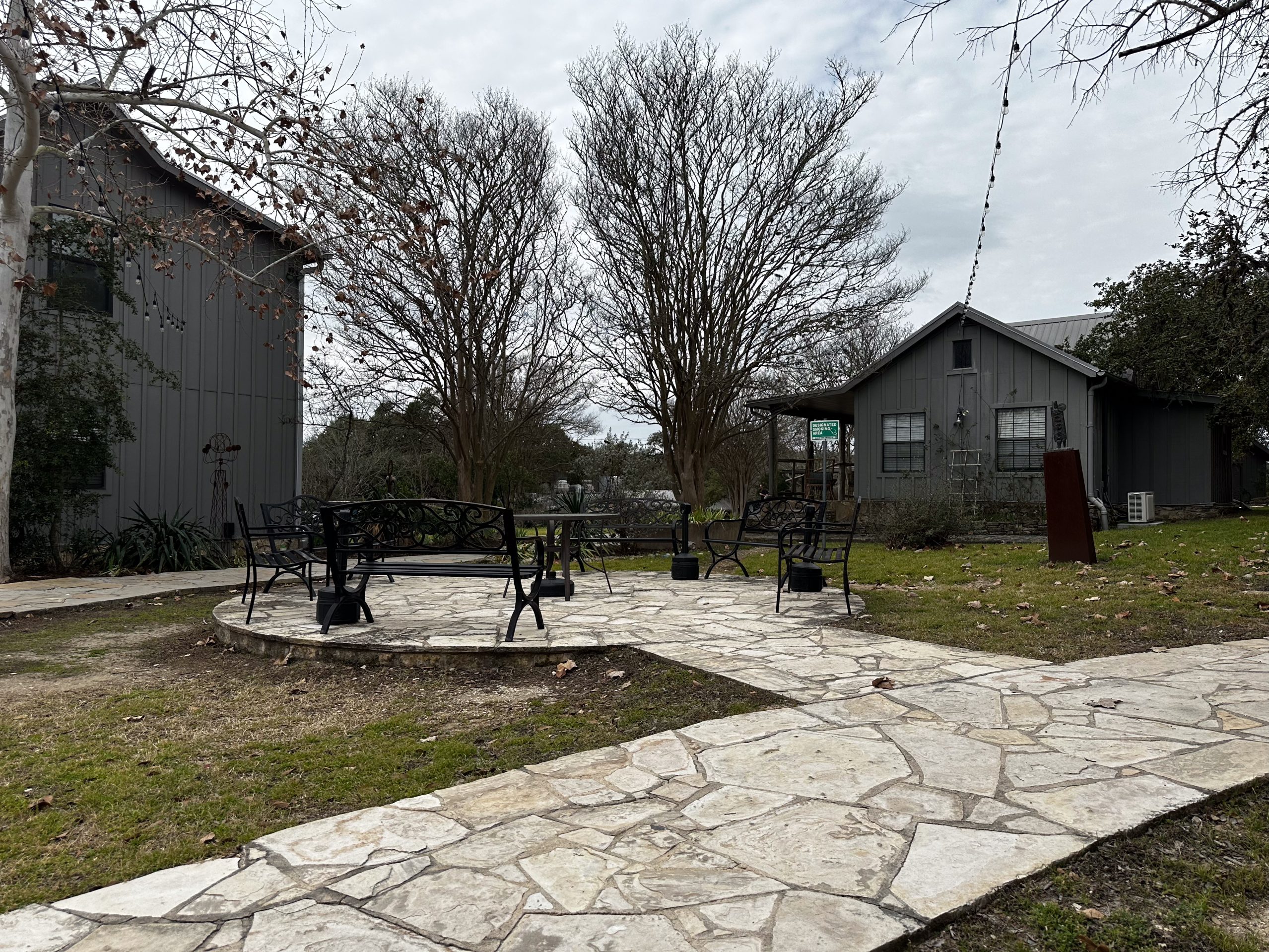
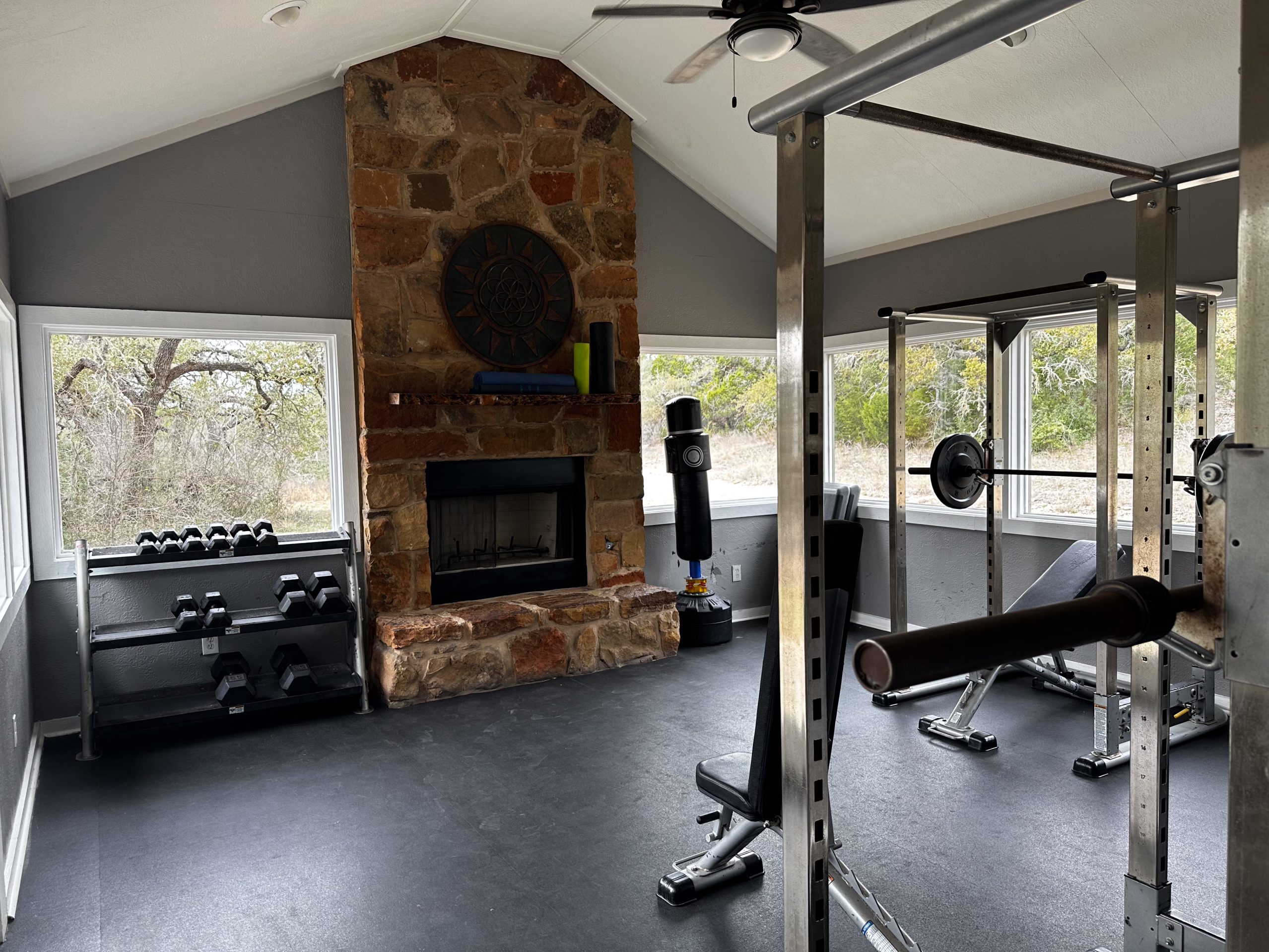
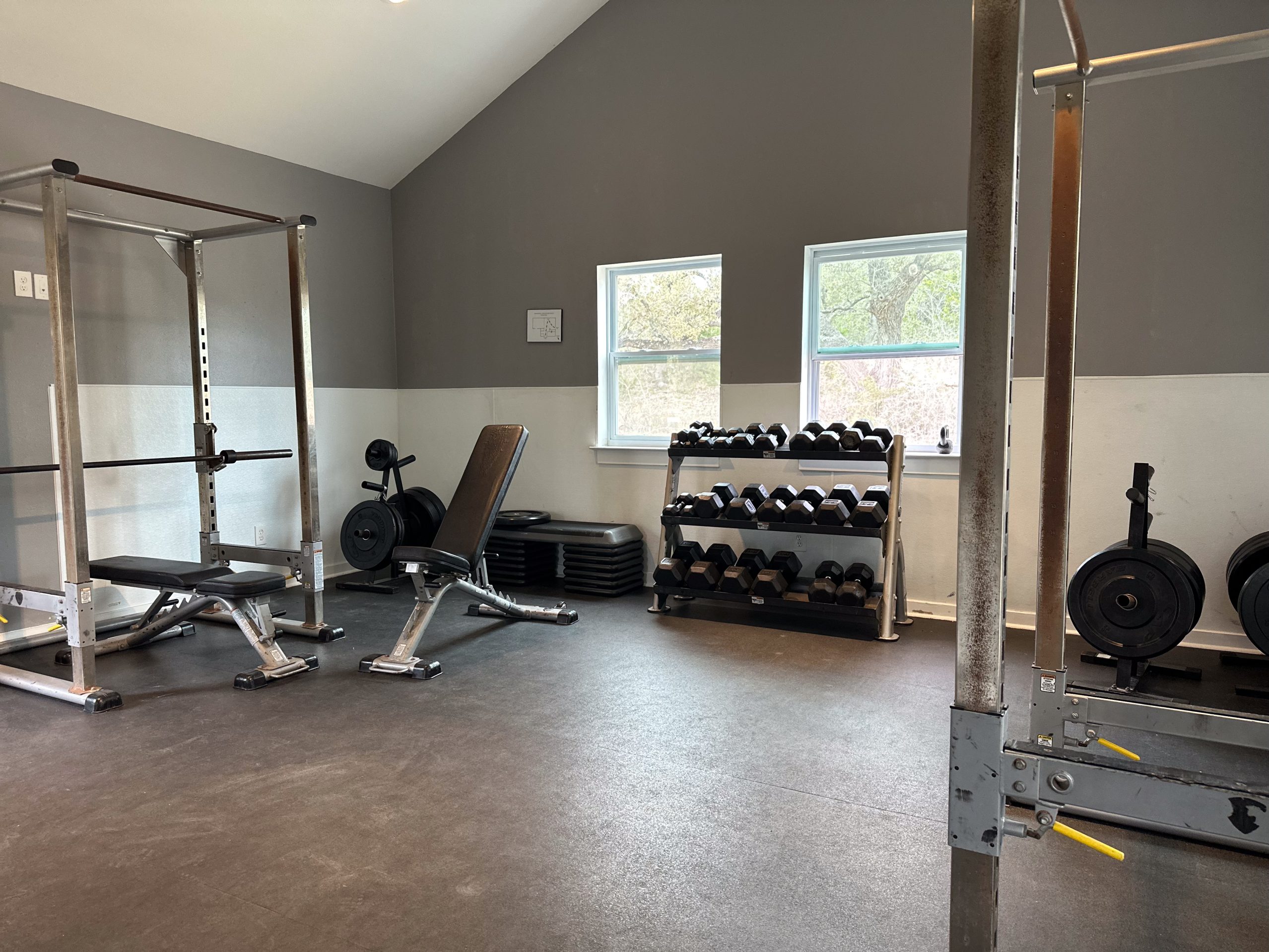

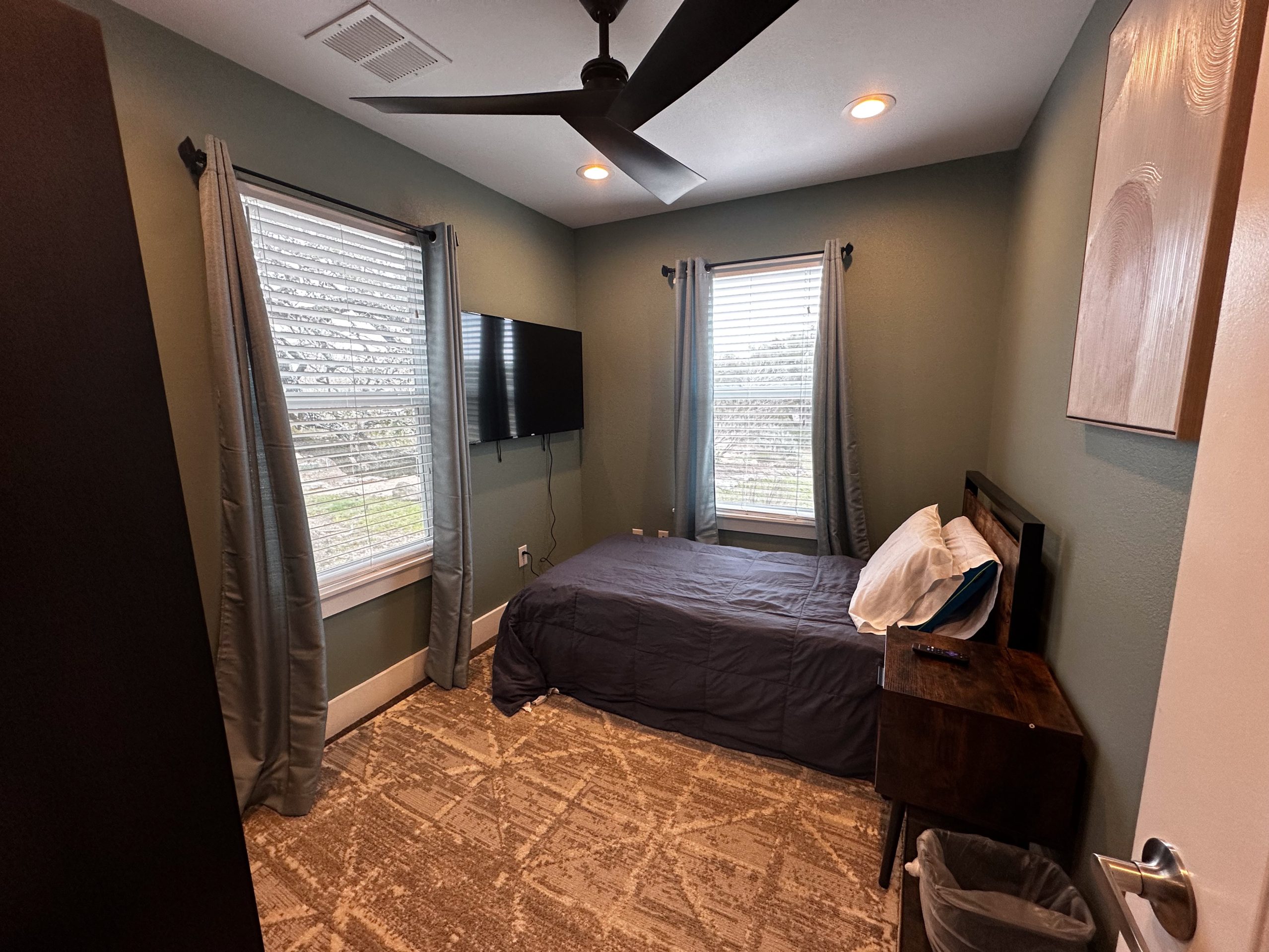

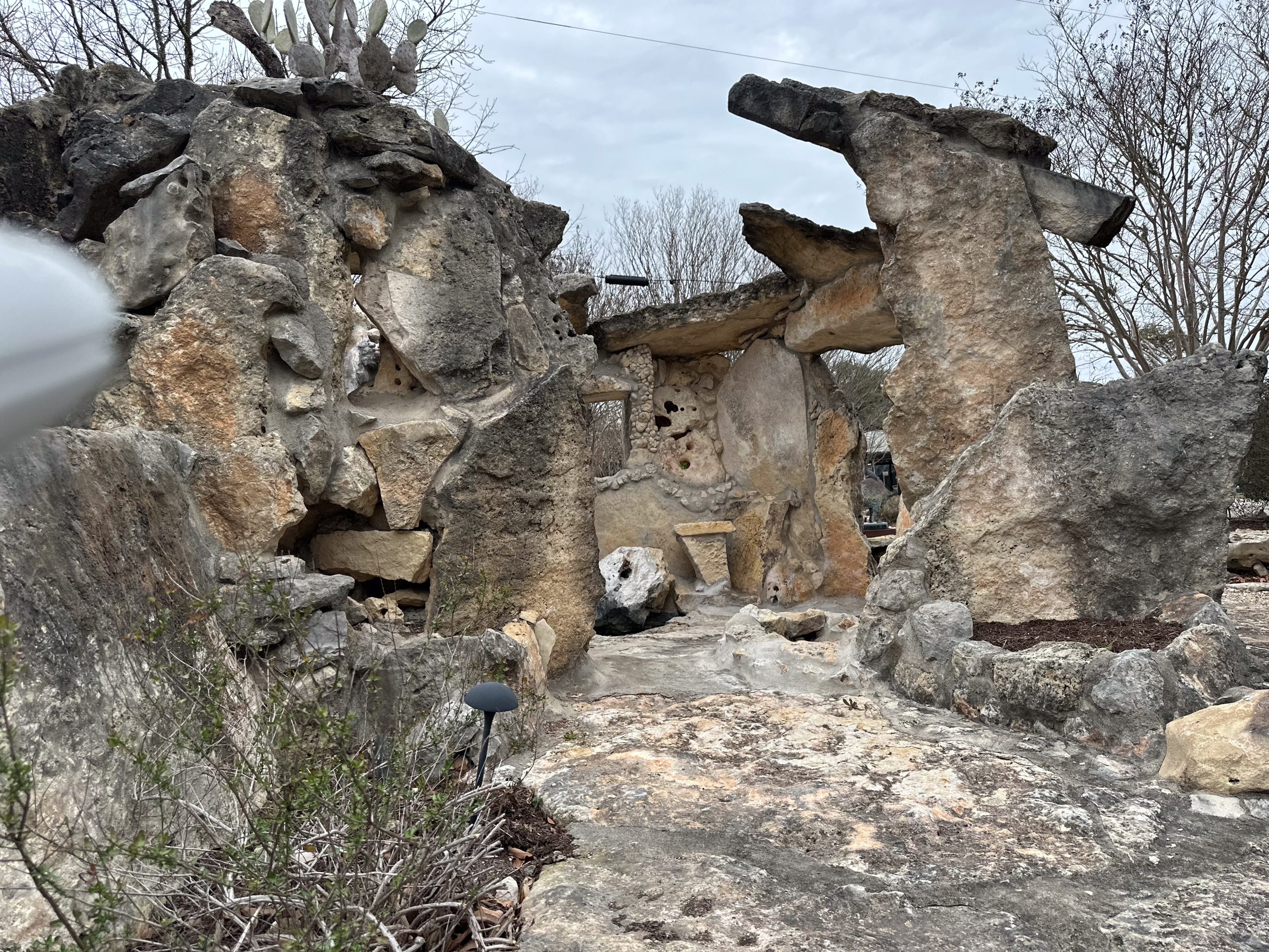
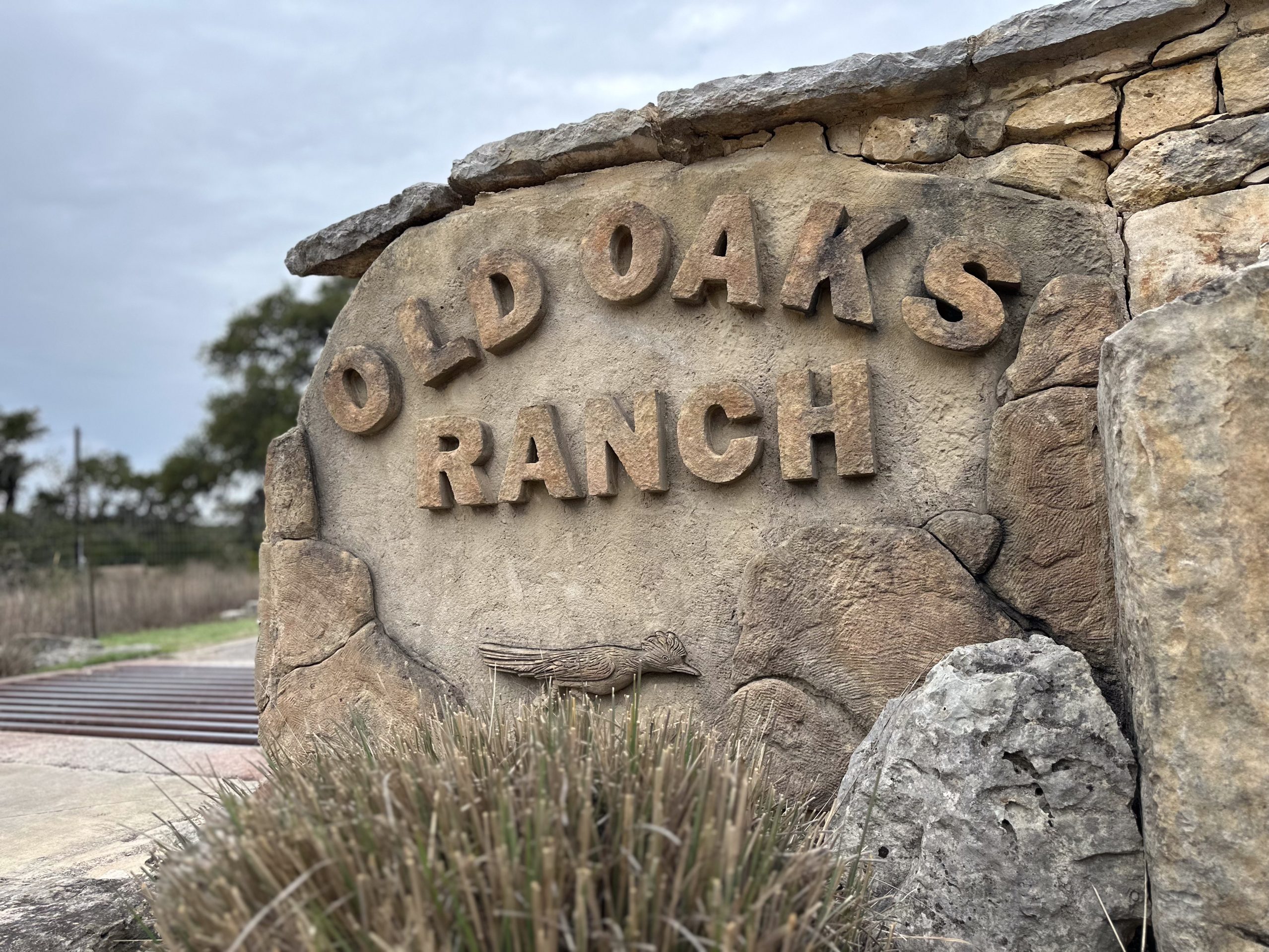
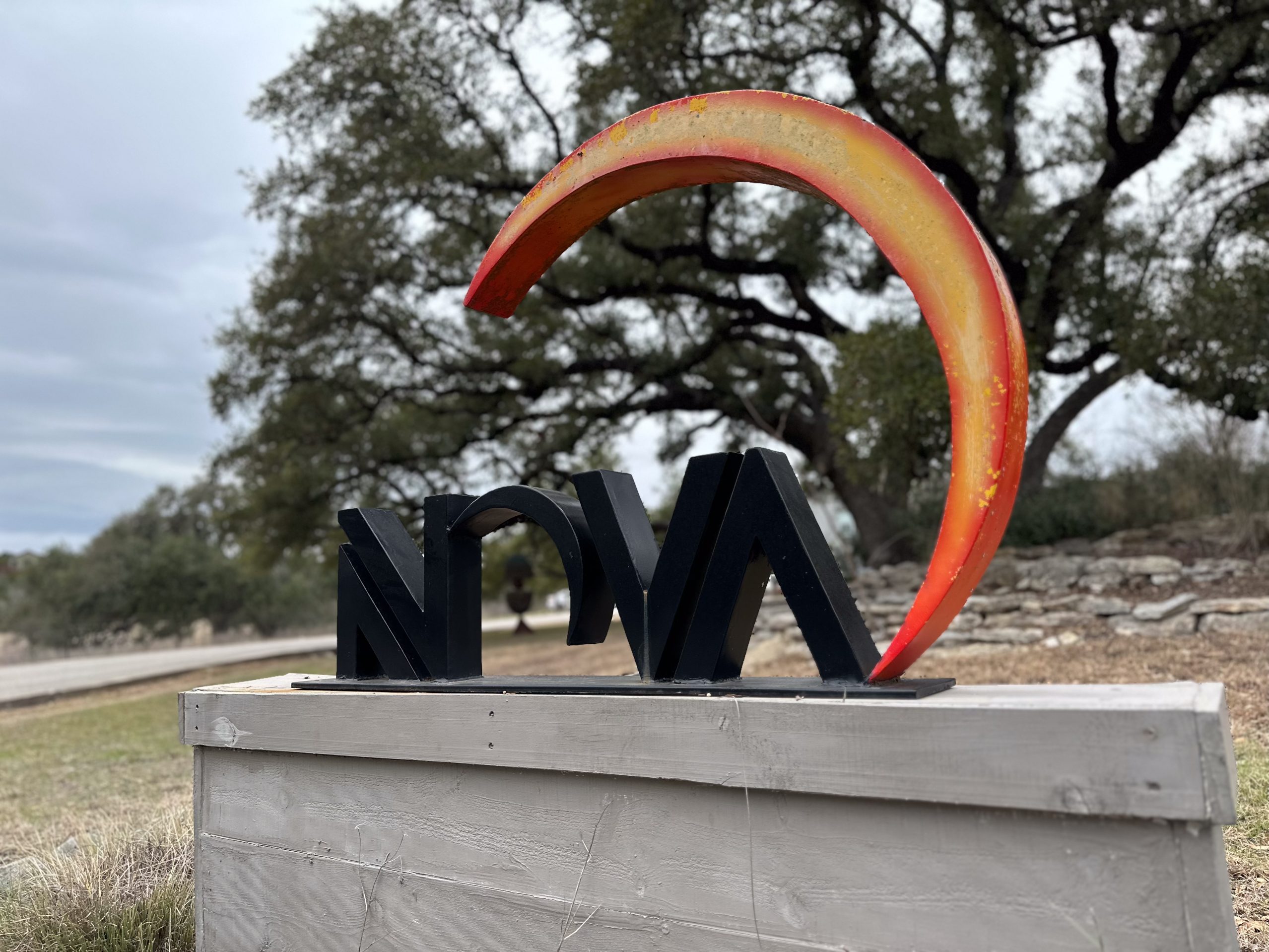
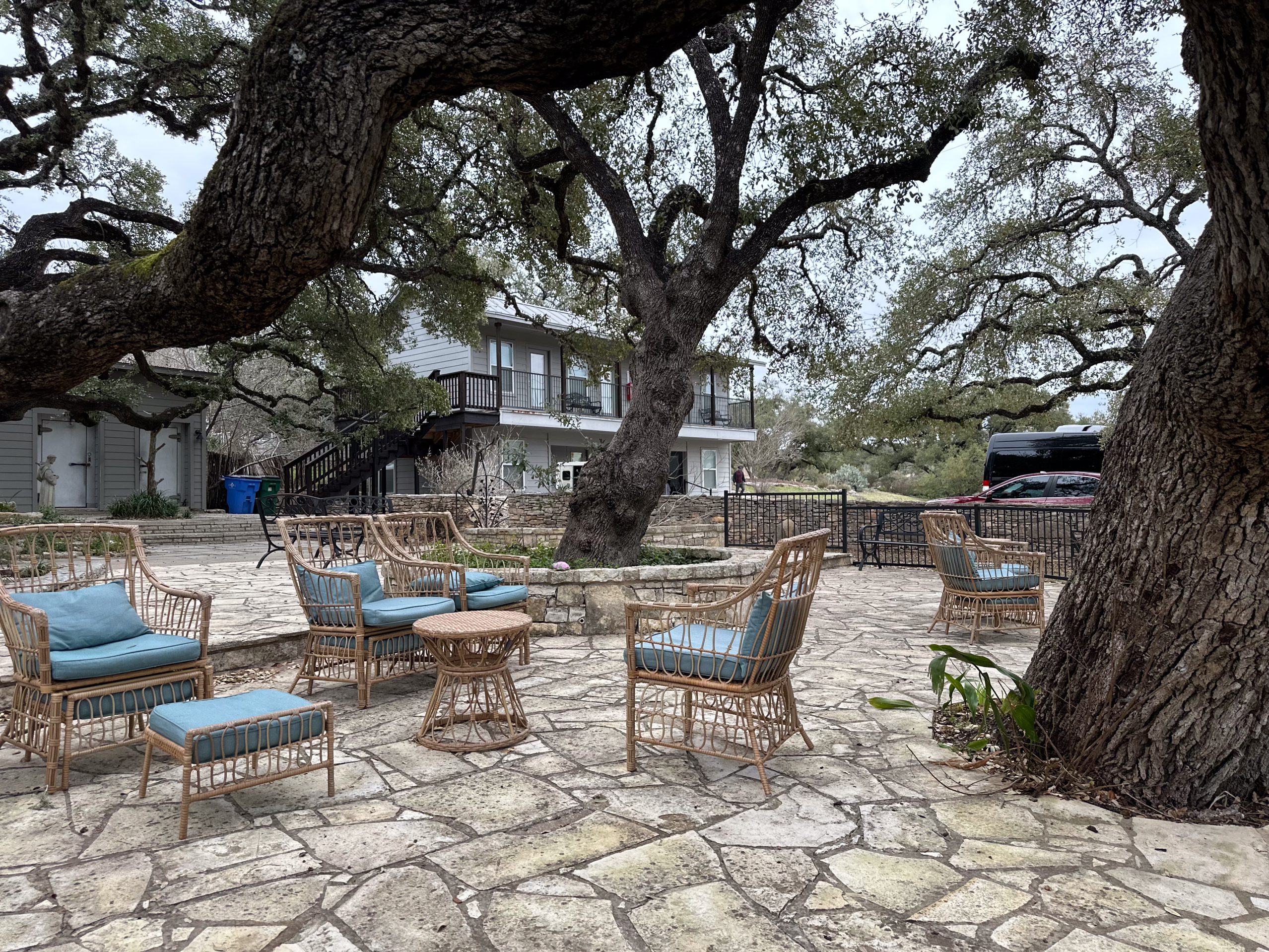
Is Remeron Addictive?
People do not typically think of Remeron as addictive. It doesn’t produce a high like other drugs.
However, some people develop a habit. They might use it more often than prescribed or mix it with drugs or alcohol. This behavior can increase the risk of dependence and other health issues.
According to the National Survey on Drug Use and Health, millions of Americans misuse prescription drugs each year. This includes antidepressants like mirtazapine. The national survey shows that prescription misuse is a growing public health issue.
How Mirtazapine Is Misused
Misuse can take several forms:
- Taking more than the prescribed amount
- Using someone else’s medication
- Mixing it with alcohol or benzodiazepines
- Using it to come down from stimulants
This kind of behavior can lead to side effects and withdrawal symptoms.
Side Effects of Remeron
Even when taken correctly, Remeron can cause side effects. The side effects of Remeron vary depending on the person. Some people experience:
- Drowsiness
- Weight gain
- Dizziness
- Nausea or vomiting
- Constipation
- Strange dreams
- Mood swings
- Trouble focusing
When misused, these symptoms can become more intense and longer lasting.
Signs of Mirtazapine Addiction
Recognizing signs of addiction early is important. These may include:
- Using more of the drug to feel the same effect
- Being unable to stop using, even if you want to
- Spending lots of time getting or using the drug
- Using despite the damage it causes
- Feeling sick when you stop taking mirtazapine
These are red flags that someone may need professional help at a treatment facility.
Mirtazapine Withdrawal Symptoms
When someone stops taking mirtazapine suddenly, they may go through withdrawal. Mirtazapine withdrawal symptoms include:
- Headaches
- Sleep trouble
- Nausea
- Panic attacks
- Irritability
- Shaking hands
- Itching or skin discomfort
These symptoms are more likely if the person has taken the drug for a long time.
Mirtazapine Withdrawal Timeline
The mirtazapine withdrawal timeline can vary depending on several factors. For example, symptoms may start 2–4 days after the last dose.
They usually peak during the first week. Some people feel better in a couple of weeks. Others may take longer to feel normal again.
Emotional symptoms like anxiety or depression may last for a month or more. These effects vary depending on the person’s body, mental health conditions, and usage habits.
Is Mirtazapine Addictive?
Mirtazapine (often known by the brand name Remeron) is a prescription antidepressant and isn’t typically considered “addictive.” However, taking it differently than prescribed—or stopping suddenly—can be uncomfortable or risky for some people. Use the quick quiz below to help guide safe next steps.
Mirtazapine Quiz
It may be time to talk.
Based on your answers, speaking with a treatment advisor could help you plan safe next steps. We’re here 24/7 and your conversation is confidential.
Most insurances accepted • Same-day assessments • 100% confidential
More Time. More Joy. More You. Start Now.
WE ACCEPT MOST INSURANCES







FAQ: Mirtazapine
What is the main use of mirtazapine?
Mirtazapine (Remeron) is primarily prescribed to treat major depressive disorder (MDD). It works by balancing serotonin and norepinephrine levels in the brain to improve mood, sleep, and appetite.
Is mirtazapine similar to Xanax?
No, mirtazapine and Xanax are different medications. Mirtazapine is an antidepressant, while Xanax (alprazolam) is a benzodiazepine used for short-term relief of anxiety. Mirtazapine works gradually, whereas Xanax provides quick but temporary relief.
What is mirtazapine used for in dogs?
Veterinarians sometimes prescribe mirtazapine to dogs for appetite stimulation, nausea control, and anxiety reduction. It should only be given under veterinary supervision.
How does mirtazapine make you feel?
Mirtazapine can make you feel calmer, more emotionally balanced, and better rested. Many people notice improved sleep and appetite, which helps reduce depression-related fatigue.
What is the most common side effect of mirtazapine?
The most common side effects of mirtazapine are drowsiness and weight gain due to its sedating and appetite-stimulating properties.
Why is mirtazapine so good?
Mirtazapine is considered highly effective for people with depression and insomnia. Unlike some antidepressants, it helps with sleep and appetite, making it a good option for individuals struggling with fatigue or weight loss.
How addictive is mirtazapine?
Mirtazapine is not considered addictive, but dependence-like withdrawal symptoms (such as nausea, irritability, and insomnia) may occur if it is stopped suddenly after long-term use.
Is mirtazapine a miracle drug?
While not a miracle drug, mirtazapine is valued for its dual benefits of treating depression and improving sleep. Its effectiveness depends on the individual, and it may not work for everyone.
Is Zoloft and mirtazapine the same thing?
No, Zoloft (sertraline) and mirtazapine are different. Zoloft is an SSRI, while mirtazapine is a noradrenergic and specific serotonergic antidepressant (NaSSA). Both treat depression and anxiety but work in different ways.
Why would a vet prescribe mirtazapine?
A vet may prescribe mirtazapine to stimulate appetite, reduce nausea, or manage anxiety in pets, especially cats and dogs with chronic illness or loss of appetite.
What can you not take with mirtazapine?
Mirtazapine should not be taken with:
- MAO inhibitors (risk of serotonin syndrome)
- Certain SSRIs or SNRIs without medical guidance
- Alcohol or sedatives, which may increase drowsiness
- Some pain medications that affect serotonin
Is mirtazapine an appetite stimulant?
Yes, one of the key side effects of mirtazapine is increased appetite and weight gain. This can be helpful for patients with depression-related weight loss but may be unwanted for others.
Detox and Safety
Quitting cold turkey is not safe. A medically assisted detox is the safest way to stop. Medical care during detox helps reduce risks and makes withdrawal easier.
A licensed treatment facility should conduct a detox program. Medical staff will check your symptoms, manage discomfort, and provide support.
If you have other medical conditions, inpatient drug rehab may be best. These programs offer full-time help and health care support.
Drug Rehab Program Options
Once detox is complete, the next step is treatment. A drug rehab program offers the structure and tools needed for long term recovery.
Inpatient Drug Rehab
Inpatient care means you live at the rehab center. These programs include:
- 24/7 medical care
- Medication management
- Daily group therapy
- Individual counseling
- Behavioral therapies
- Nutrition and life skills education
This level of care is ideal for people with severe addictions or unstable living situations. Rehab centers that offer inpatient care focus on both physical and emotional recovery.
Outpatient Drug Rehab
Outpatient treatments are more flexible. You live at home and attend therapy at the facility. This works well for people with mild addiction and a strong support system.
Services may include:
- Weekly or daily therapy
- Intensive outpatient program (IOP) options
- Group sessions and support groups
- Family therapy
- Mental health evaluations
Outpatient rehab offers a good balance between care and freedom. These programs offer treatment while allowing people to continue with work or family responsibilities.
Personalized Treatment Plans
Every addiction treatment program starts with a treatment plan. This plan outlines goals, types of therapy, and the best approach based on the patient’s health issue. Treatment options vary depending on the level of care required.
Most programs offer short term and long term options. Short term care may last 30 days. Long term recovery programs may extend 90 days or more.
Freedom Starts Here. Take Back Your Life Today.
Same-Day Admissions in Austin Available.
What Programs Offer
Quality rehab centers offer a wide range of services. These include:
- Individual and group therapy
- Medication management
- Peer support
- Skills training
- Relapse prevention planning
Behavioral therapies like CBT and DBT help patients learn new ways to cope. Support groups provide a sense of connection and help reduce feelings of isolation.
The Role of Support Systems
Recovery works better with a good support system. Family involvement can improve success. A supportive family member can help someone stick to treatment.
Support groups and group therapy build trust and accountability. These connections are key to successful addiction recovery.
Continuing Care and Sober Living
After leaving a program, continuing care keeps progress on track. This includes:
- Ongoing therapy
- Case management
- Check-ins with a social worker
- Relapse prevention groups
Sober living homes also offer structure. These homes provide peer support and a safe environment. They are a great next step after inpatient or outpatient rehab.
Other Outpatient Drug and Alcohol Rehab Locations
Treating the Whole Person
Substance abuse treatment must focus on the whole person. Many people who misuse Remeron also face mental health conditions. Dual diagnosis programs help treat both the addiction and the mental health issue at the same time.
Treating depression, anxiety, and PTSD reduces the risk of relapse. Therapy helps people understand the root of their substance use.
Stages of Addiction Recovery
Several stages of addiction recovery exist:
- Awareness – Realizing there is a problem
- Consideration – Thinking about change
- Action – Starting treatment
- Maintenance – Building healthy habits
- Stability – Long-term sobriety
Each stage comes with its own challenges and milestones.
Why Professional Help Matters
Getting professional help is important. A person cannot always manage withdrawal or addiction alone. Rehab centers offer safe, structured care. They also address co-occurring disorders and provide lasting support.
Many people delay treatment because they’re afraid or unsure. But the longer someone waits, the harder recovery becomes. Programs offer different levels of care to meet people where they are.
If you notice signs like Remeron withdrawal symptoms, increasing drug use, or mixing medications with alcohol, reach out. Addiction does not go away on its own.
If you or a loved one is struggling, call Nova Recovery Center at (512) 543-4173. We’re here to guide you toward recovery—one step at a time.

